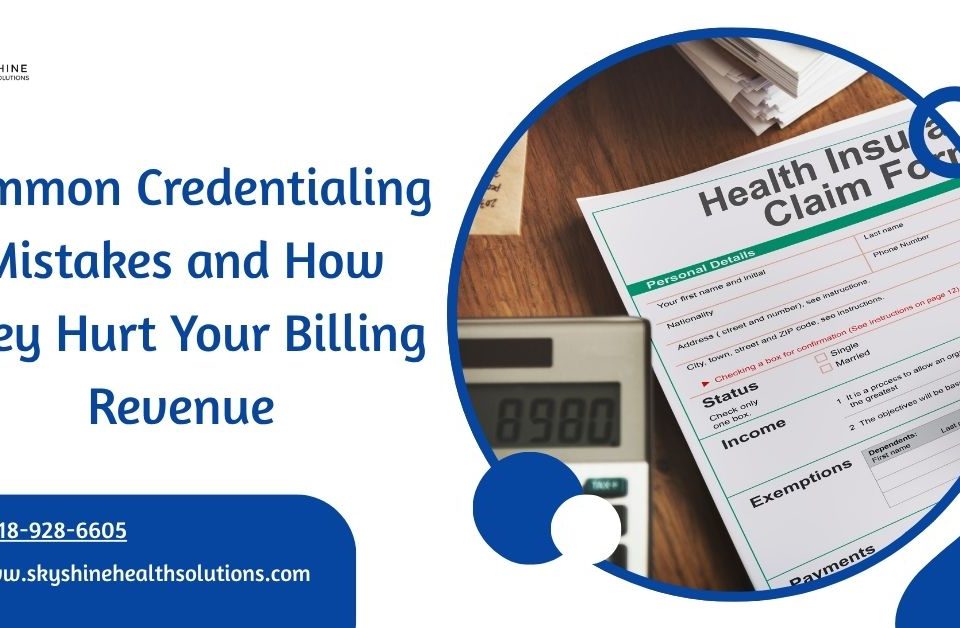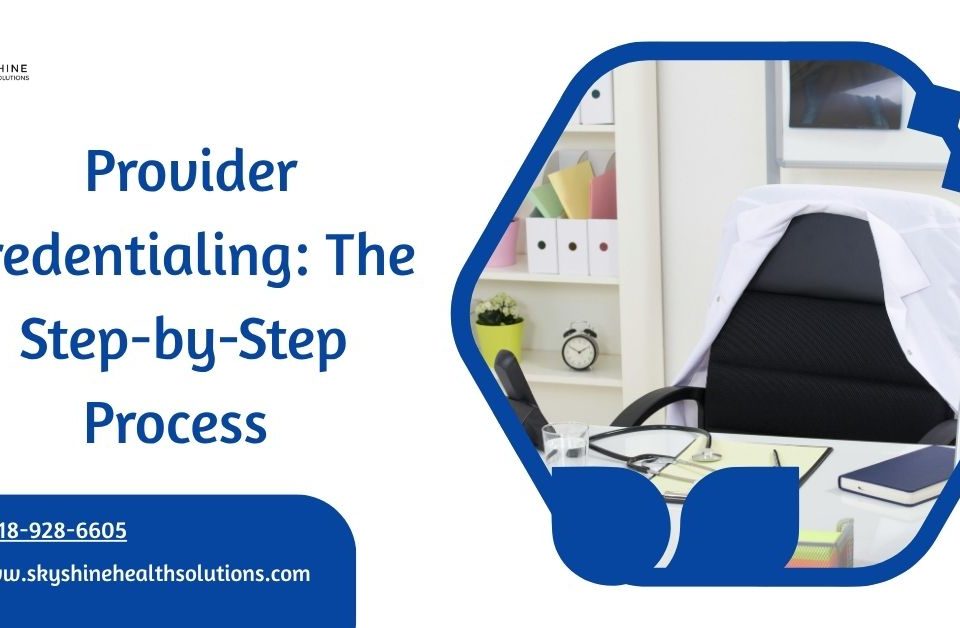
Different Healthcare Billing Solutions
July 7, 2025
The Role of AI in Medical Billing and Coding Compliance
July 22, 2025The Health Insurance Portability and Accountability Act (HIPAA) sets strict standards for protecting patient health information (PHI) in the United States. Despite its importance, many healthcare organizations inadvertently violate HIPAA regulations, leading to costly fines, reputational damage, and compromised patient trust. Understanding common violations and how to prevent them is crucial for compliance. Below, we explore the top five HIPAA violations in 2025 and provide practical strategies to avoid them.

1. Unauthorized Disclosure of PHI
Unauthorized disclosure occurs when PHI is shared without patient consent or a valid business need. This can happen through gossip, sharing records with unauthorized parties, or failing to secure data during transfers.
Example: A nurse discussing a patient’s condition in a public area or a staff member emailing PHI to a personal account.
How to Avoid It:
-
-
Train Staff Regularly: Conduct annual HIPAA training to ensure employees understand what constitutes PHI and when disclosure is permitted.
-
Implement Access Controls: Restrict PHI access to only those employees who need it for their job roles, using role-based permissions in electronic health record (EHR) systems.
-
Use Secure Communication Channels: Employ encrypted email or secure messaging platforms for sharing PHI.
-
2. Lack of Proper Security Safeguards
Failing to protect PHI from unauthorized access, such as through weak passwords, unencrypted devices, or inadequate cybersecurity measures, is a common violation.
Example: A stolen laptop containing unencrypted patient records or a weak network vulnerable to cyberattacks.
How to Avoid It:
-
-
Encrypt All Devices: Ensure all devices storing PHI, including laptops, smartphones, and USB drives, are encrypted.
-
Use Strong Passwords and Multi-Factor Authentication (MFA): Require complex passwords and MFA for accessing systems containing PHI.
-
Conduct Regular Security Audits: Perform risk assessments to identify vulnerabilities in IT systems and address them promptly.
-
3. Failure to Conduct a Risk Assessment
HIPAA requires organizations to conduct regular risk assessments to identify potential threats to PHI. Failing to perform or document these assessments is a violation.
Example: A small practice neglecting to evaluate its data security practices, leaving it unaware of vulnerabilities like outdated software.
How to Avoid It:
-
-
Schedule Annual Risk Assessments: Use a structured framework, such as NIST guidelines, to evaluate physical, technical, and administrative safeguards.
-
Document Findings and Actions: Maintain detailed records of assessments and remediation plans to demonstrate compliance during audits.
-
Engage Third-Party Experts: Consider hiring cybersecurity professionals to conduct thorough assessments, especially for smaller organizations with limited resources.
-
4. Improper Handling of Data Breaches
Failing to report a data breach promptly or not having a response plan violates HIPAA’s Breach Notification Rule. Breaches must be reported to affected individuals, the Department of Health and Human Services (HHS), and, in some cases, the media within 60 days.
Example: A hospital discovers a phishing attack but delays notifying patients, increasing the risk of identity theft.
How to Avoid It:
-
-
Develop a Breach Response Plan: Create a clear protocol for identifying, investigating, and reporting breaches, including designated roles for staff.
-
Train Employees on Breach Detection: Educate staff on recognizing signs of a breach, such as suspicious login attempts or phishing emails.
-
Notify Promptly: Follow HIPAA timelines for notifying affected parties and authorities to avoid penalties.
-
5. Insufficient Employee Training
Employees who are unaware of HIPAA regulations or proper PHI handling can inadvertently cause violations. Lack of training is a frequent issue in enforcement actions.
Example: A new receptionist shares PHI with a family member without verifying authorization, assuming it’s allowed.
How to Avoid It:
-
-
Mandate Ongoing Training: Provide HIPAA training during onboarding and annually thereafter, covering topics like PHI handling, patient rights, and cybersecurity.
-
Use Real-World Scenarios: Incorporate case studies in training to illustrate common mistakes and their consequences.
-
Monitor Compliance: Regularly audit employee adherence to HIPAA policies and provide refresher training as needed.
-
Why Avoiding These Violations Matters
HIPAA violations can result in hefty fines, ranging from $100 to $50,000 per violation, with a maximum of $1.5 million per year for identical violations. Beyond financial penalties, breaches erode patient trust and can lead to legal action. In 2025, as healthcare increasingly relies on digital systems and telehealth, the risk of violations grows. Proactively addressing these common issues ensures compliance and protects patient privacy.

Take Action Today
To stay HIPAA-compliant, prioritize staff training, robust cybersecurity, and regular risk assessments. Review your organization’s policies and consult with compliance experts if needed. By addressing these common violations, you can safeguard PHI and avoid costly mistakes.
Discover expert tips and insights in our blog! Visit Common Medical Billing Mistakes Clinics Make
Have Questions? Check our Medical Billing FAQs















